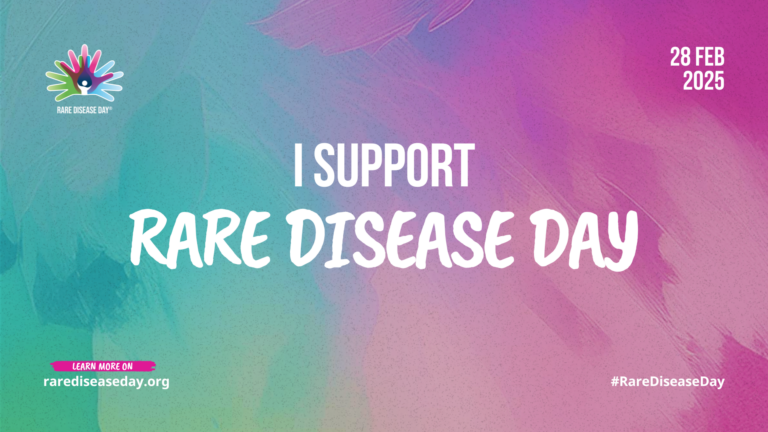Prompt treatment of idiopathic intracranial hypertension (IIH) is crucial in the prevention of permanent vision loss and brain injury. Treating this complex disorder requires correcting the anatomical and physiological disturbances that are causing elevated pressures in the brain. Below are approved treatment options that your medical team will consider based on how safe and effective they may be for you.
Weight loss
A conventional treatment option to improve symptoms of IIH is weight loss. A majority of obese -a body mass indexA value derived from the mass (weight) and height of a person. A healthy range is between 18.5-24.9, overweight is defined as 25-29.9 and obese… Click the term to read more (BMIA value derived from the mass (weight) and height of a person. A healthy range is between 18.5-24.9, overweight is defined as 25-29.9 and obese… Click the term to read more) of 30 or greater– women with IIH had an improvement in their headaches and visual disturbances when they decreased their total body weight by 5-10%.₁ Physical evaluation of these women also found an improvement in their optic and intracranial pressures.₂
Weight loss is not straightforward. Scientific research has discovered significant differences at the cellular level in people who are obese. These findings show alterations in the pathways of food metabolism and permanent chemical responses in the brain in those who are overweight.₃ This means that eating less by calorie restriction may not be completely effective for those who have been battling weight loss for a long time.
Achieving weight loss can depend on many factors that include well-balanced food choices, behavioral changes, realistic forms of physical activity, prescription medications, and in rare cases, consideration of bariatric surgeryAn invasive procedure where the stomach is surgically manipulated to assist with weight loss. It is also known as weight-loss surgery. Click the term to read more.₄ Weight loss is a lifelong commitment that involves the support of family, friends, and your medical team.
Medications
Medications used to treat IIH are by prescription only and require close monitoring by a medical professional. There are no over-the-counter medications or herbal supplements that can be used as a replacement for the treatment of IIH.
Carbonic anhydrase inhibitorsA medication used to manage and treat glaucoma, idiopathic intracranial hypertension, altitude sickness, congestive heart failure, and epilepsy, among other diseases. Click the term to read more (CAI) are the standard prescription drug used to treat some symptoms of IIH. AcetazolamideMedication used to treat glaucoma, epilepsy, altitude sickness, periodic paralysis, idiopathic intracranial hypertension, urine alkalinization, and heart failure. Click the term to read more (Diamox) works by decreasing the amount of cerebrospinal fluidFluid that is made by specialized cells in the ventricles of the brain. Click the term to read more (CSFFluid that is made by specialized cells in the ventricles of the brain. Click the term to read more) made, allowing for a decrease in the pressure in the brain. It is a great option because it is non-invasive and can provide symptom relief. The downside is once this medication is stopped, symptoms may return.
If one has a sulfonamide allergy or cannot tolerate taking acetazolamide (Diamox), then a diureticSomething that increases the production of urine Click the term to read more can be considered. Medications such as furosemide (Lasix) and bumetanide (Bumex) work by increasing urination to remove excess fluid in the body. This in turn can help decrease the amount of CSF surrounding the brain and spinal cord to improve the pressure in the brain. In general, this class of medication comes with a long list of side effects not limited to electrolyteElectrolytes are minerals in your body that have an electric charge. They are found in your blood, urine, tissues, and other body fluids. Click the term to read more abnormalities, headache, nausea, vomiting, and dizziness.₅
Unfortunately, these medications are not curative and can only maintain patients in remission of this syndrome. In most cases, once a patient is taken off this therapy, symptoms will likely return.
Surgical Options
Optic Nerve Sheath Fenestration (ONSF)
The optic nerve is what sends visual messages from the eye to the brain giving you the ability to see. Around the optic nerve is a thick fibrous layer called the sheath. When pressure builds up between the optic nerve and sheath, it can cause visual changes that can progress to blindness. This finding can be seen in one with IIH.
To preserve vision, a procedure called optic nerve sheath fenestrationA surgical procedure performed that allows cerebrospinal fluid to pass around the optic nerve freely Click the term to read more can be performed by a neuro-ophthalmologistMedical doctor who specializes in neurological conditions that affect vision. They can diagnose and treat conditions related to the optic nerve. Click the term to read more to relieve pressure within the brain. The goal of this treatment is to reverse visual disturbances and prevent permanent vision loss. Known risks of this surgical technique are double vision, pupillary changes, permanent vision loss, and damage to the vessels around the eye.₆
Lumbar PunctureA procedure where a needle is placed in the lower part of the spine (the lumbar spine) to access cerebrospinal fluid. Click the term to read more
Also known as a spinal tapA procedure where a needle is placed in the lower part of the spine (the lumbar spine) to access cerebrospinal fluid. Click the term to read more, a lumbar puncture is when a needle is inserted into the lower part of your back to enter your spinal canal and to remove cerebrospinal fluid (CSF). This procedure is both diagnostic and therapeutic. This means that CSF can be sent for testing and with removal of this fluid it can be a form of treatment. Certain signs and symptoms of IIH are attributed to the buildup of CSF. With a lumbar puncture, these issues can be resolved with removal of extra fluid. This intervention may need to be performed several times before the consideration of a ventriculoperitoneal or lumboperitoneal shuntA procedure that prevents the accumulation of excess cerebrospinal fluid in the brain. Click the term to read more.
Ventriculoperitoneal ShuntA procedure undertaken to prevent accumulation of excess cerebrospinal fluid in the brain Click the term to read more (VPSA procedure undertaken to prevent accumulation of excess cerebrospinal fluid in the brain Click the term to read more) and Lumboperitoneal ShuntA hollow tube that can be surgically placed in the sinus to help drain cerebrospinal fluid. Click the term to read more (LPSA procedure that prevents the accumulation of excess cerebrospinal fluid in the brain. Click the term to read more)
A shunt can provide permanent diversion of CSF in an effort to relieve pressure in the brain. This surgery is performed by a neurosurgeonMedical doctor who diagnoses and treats surgical issues related to the brain, spine, and nervous system. Click the term to read more who will place a long tube in one of the ventricles of the brain (or the lower back) and the other end in the abdominal cavity, with a valve in between that rests under the scalp. This procedure is considered in a person with IIH who does not have any visual involvement with mild to moderate headache symptoms in which medications did not help.₆ Complications of this procedure can be infection of the shunt, clogging of the tube not allowing it to drain CSF and overdrainage of CSF causing a headache. In some cases IIH-related symptoms were not relieved after placement of the ventriculoperitoneal shunt.₆
Venous Sinus Stenting (VSS)
Venous sinus stentingA minimally invasive surgery during which a metallic mesh in the shape of a tube (stent) is placed in the sinus. Click the term to read more has been used in the treatment of IIH for over 20 years. It is an invasiveinvolving the introduction of instruments or other objects into the body Click the term to read more procedure performed by a neurosurgeon. Specific criteria need to be met for one to be considered for placement of a venous sinus stent. The River trial is an ongoing study that is following patients who have had a venous sinus stent placed in the setting of IIH.₇ Complications of this invasive procedure include blockage of the stent and injury to associated blood vessels.₈



